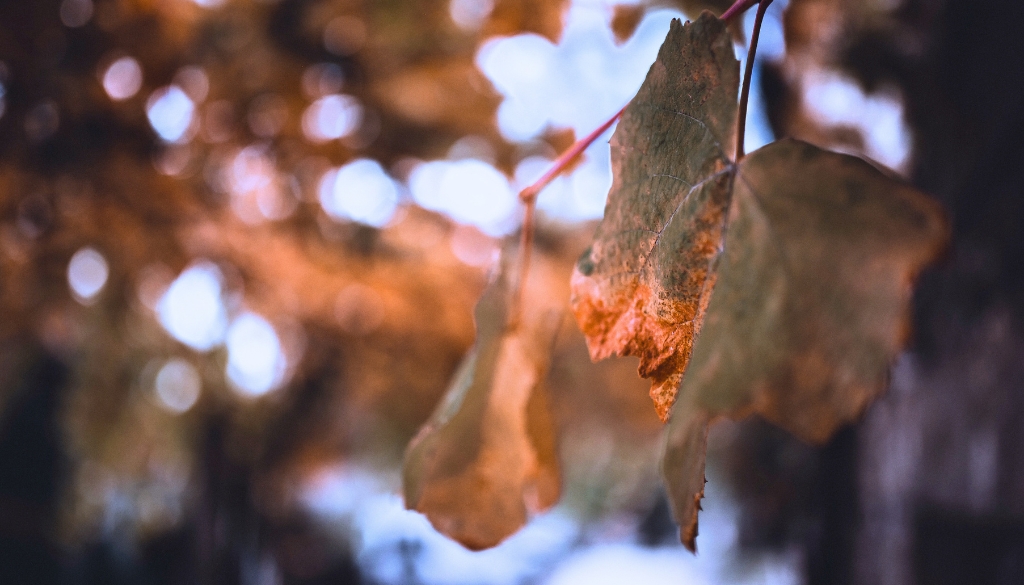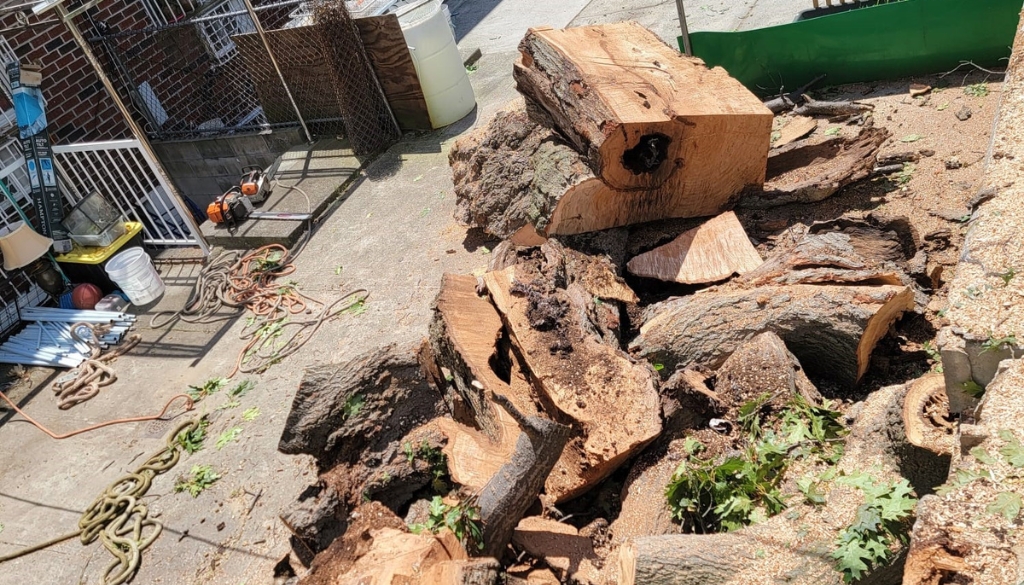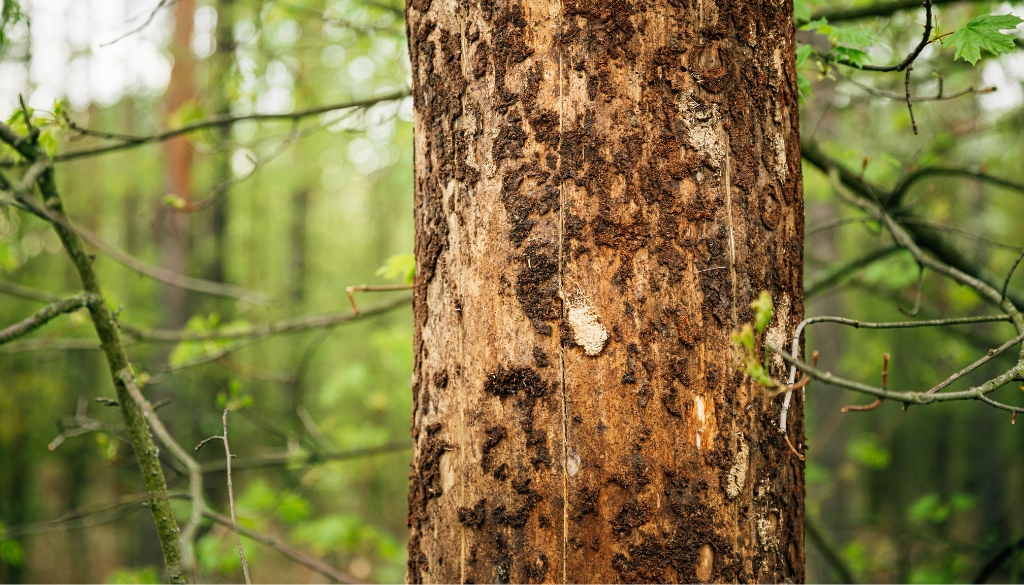You probably put on sunscreen when you spend too much time in the sun. But have you ever thought about whether your trees need protection too? That’s right, trees can get sunburned just like us! This condition, often called tree sunburn or sunscald, happens when a tree’s bark or leaves soak up too much sunlight, especially during sudden temperature changes or after losing shade.
In places like New York, where winters can be harsh and summers hot, this is more common than you’d think. But don’t sweat it, with a little care, you can keep your trees healthy and shielded!
How Do Trees Get Sunburned?
Tree sunburn usually happens in two main situations: winter and early summer.
Winter
It might seem like a joke, but the sunlight in winter can lead to sunscald. The sun heats the bark during the day, especially on the south or southwest side of the trunk. Then, when temperatures drop at night, the warm bark suddenly freezes. This rapid change in temperature and sunlight damages and dries out the living tissue under the bark, leading to cracks and peeling. It’s kind of like how your skin might crack if you go from a hot shower to freezing air.
Summer
In summer, intense sunlight can literally cook the bark or leaves of a tree, especially if it’s young, newly planted, or has recently had surrounding trees removed. Without nearby trees to provide shade and moral support, that extra exposure can lead to tree sunburn. It’s not the UV rays like with human sunburn; it’s more about heat and light stress damaging the tree’s outer layers.

Which Trees Get Sunburnt the Most?
Some trees are more vulnerable than others, especially in New York’s climate. Here are a few common ones you might see in backyards or along streets:
- Maple trees: Especially young red and sugar maples. Their thin bark doesn’t handle sudden sun exposure well.
- Cherry trees: Both ornamental and fruit-bearing types can suffer from sunscald.
- Plum trees: These are sensitive and often show signs of tree sunburn early.
- Ash trees: While they’re tough in many ways, their bark can split under extreme sun and cold shifts.
- Linden trees: Popular in city plantings, but young ones need extra protection.
- Sycamore trees: Their bark peels naturally, but too much sun can make it worse.
If you’ve recently cleared brush, removed a large tree, or planted a young one in an open area, keep an eye on these species. They’re the most likely to show signs of tree sunburn.
What Does Tree Sunburn Look Like?
Spotting tree sunburn isn’t always obvious, but there are a few clear signs:
- Cracked or split bark, especially on the trunk’s south or west side.
- Peeling bark that looks dry, brittle, or discolored.
- Sunken areas where the bark has died and pulled away.
- Discolored leaves that look bleached or scorched, even if the tree seems otherwise healthy.
- Callus tissue (kind of like a scab) forming around damaged spots, this is the tree trying to heal itself.
In severe cases, the damaged bark can’t transport water and nutrients properly, which weakens the whole tree. Pests and diseases get free real estate where the bark is cracked, making the problem worse. If you see deep cracks or large areas of dead bark, it might be time to remove your tree in New York, especially if the tree shows signs of instability or decay.

What Not To Do If Your Tree Has Sunscald
When you see damage, you’re probably going to panic and want to fix it ASAP. But some common “fixes” can actually hurt more than help. Don’t rush into it and avoid these impulsive decisions:
Don’t remove scorched leaves
Even if the leaves look burnt, they’re still doing their job – making food for the tree. Removing them stresses the tree more. Let the tree decide when it’s time to drop them.
Don’t remove all dead bark
Peeling off dead bark exposes healthy tissue underneath to more sun and pests. You should only remove bark that’s completely loose and coming off on its own.
Don’t apply pruning paints to wounded areas
You might see products that claim to “seal” tree wounds. Skip them. These paints can trap moisture and encourage rot. Trees heal best on their own when left alone and supported from the sidelines.

Protecting Your Tree From Sunburn
The best way to deal with tree sunburn is to prevent it. Here are simple, effective steps you can take, especially in New York’s changing seasons.
Do deep water your trees
Dry trees are more vulnerable to stress. During dry spells in summer and even in late fall before the ground freezes, give your trees a good drink. This helps them stay strong and resilient! A hose trickling at the base for an hour or two once a week is better than a quick sprinkle.
Do apply white sealant to young trunks
Yes, you can actually paint a tree, a process called whitewashing! But again, don’t paint over a healing wound; you can do it before the tree gets sunburnt. Use a water-based, white interior latex paint (diluted 50/50 with water) and brush it on the lower part of the trunk. This reflects sunlight and evens out temperature swings. It’s especially helpful for thin-barked trees in their first few years. Don’t worry, it washes off over time and won’t harm the tree.
Do add a new layer of mulch
Mulch is another way to support your tree hands-off. If you spread 2 to 3 inches of wood chips or shredded bark around the base (but not touching the trunk), your tree’s soil will stay cooler, retain more moisture, and also protect its roots. It also reduces competition from grass, so your tree gets more nutrients.
Do choose the right tree for your climate
Not all trees thrive in New York’s mix of cold winters and humid summers. When planting new trees, pick species that are native or well-adapted to the region. For example, oaks, hickories, and certain native maples handle local conditions better and are less prone to tree sunburn. Ask a local nursery or professional arborist near you for advice before planting.

Protect Your Tree From The Sun
Tree sunburn is real, preventable, and often overlooked. Give your trees the best chance to thrive before they get sunscald. Watch for the signs of tree sunburn, avoid common mistakes, and don’t hesitate to reach out to us if your tree needs a bit more than just sunscreen.

